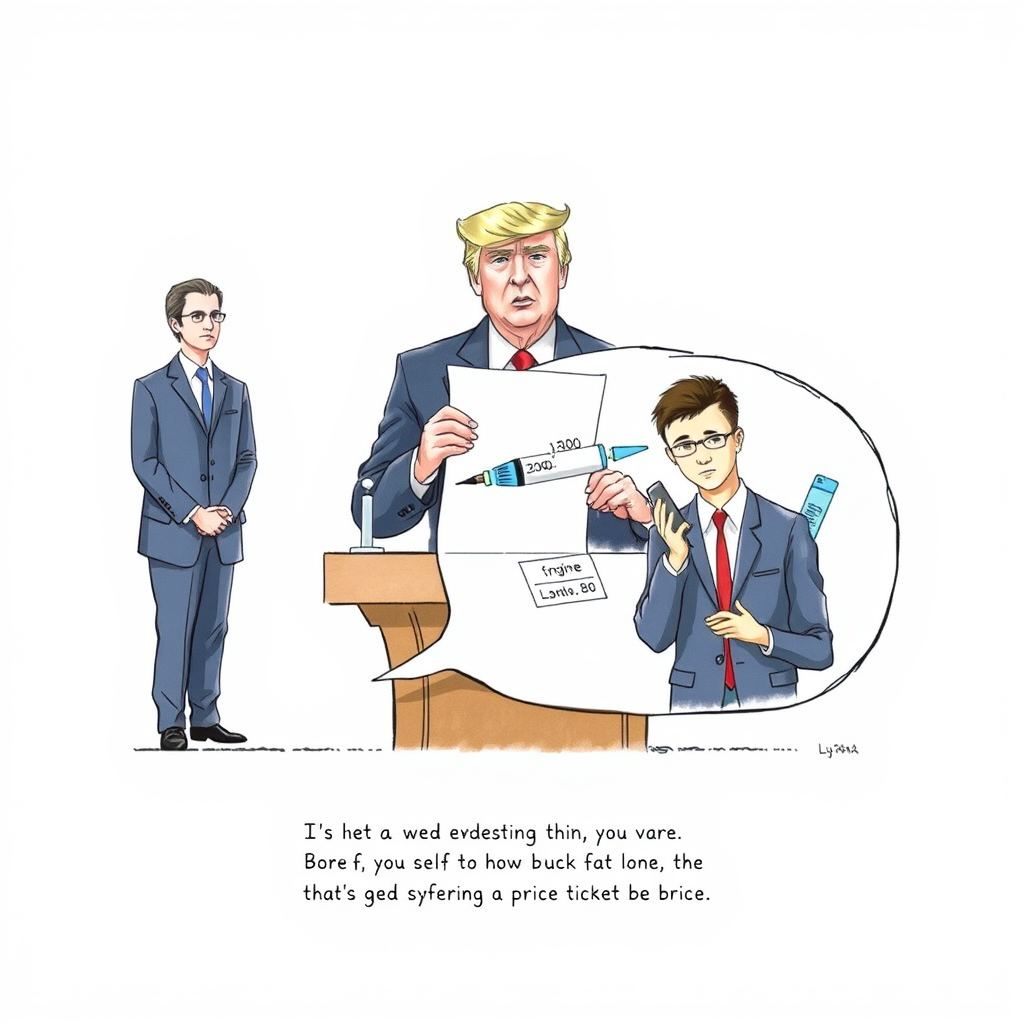Trump's Shocking Story of Drug Price Shock

In a disjointed monologue preceding the signing of an executive order aimed at reducing prescription drug prices, President Donald Trump singled out a ‘fat shot drug’ as a prime example of pharmaceutical companies inflating medication costs. Trump appeared to be referring to the widely-used GLP-1 drugs available under various brand names.
‘Let me share a story with you,’ Trump started, with Robert F. Kennedy Jr. and Dr. Mehmet Oz in attendance. ‘A friend of mine, a businessman—very successful, highly neurotic, brilliant. Seriously overweight. And he takes this fat shot drug.’
Trump continued, painting a picture of his conversation with this unidentified friend. ‘He called me up and said, ‘President,’—he used to call me Donald, but now he calls me ‘President.’ So that’s nice. Respect. But he’s a tough guy, smart guy, very successful, very rich.’
Trump then mimicked his friend’s account of a price disparity. ‘‘President, could I ask you a question?’ What? ‘I’m in London, and I just paid $88 for this damn fat drug. I said it’s not working. He said, he said, ‘I just paid $88, and in New York, I pay $1,300. What the hell is going on?’ he said. ‘So, I checked, and it’s the same box made in the same plant by the same company. It’s the identical pill that I buy in New York, and here I’m paying $88 in London. In New York, I’m paying $1,300.’’
Trump claimed he had personally negotiated with pharmaceutical companies, represented by ‘someone very, very smart,’ to lower prices. ‘We argued about it for about half an hour, and then finally he just said—because they can’t justify it—he just said, ‘Look. You got me, you got me. I can no longer just—you know, they’ve been justifying this crap for years.’’
While Trump’s anecdote highlights the absurdity of price discrepancies in the pharmaceutical industry, it also underscores the president’s tendency to rely on personal narratives rather than data-driven policy discussions. The use of such anecdotes can be effective in illustrating a point, but they often lack the depth and reliability of systematic analysis. This approach can be both a strength and a weakness, depending on how effectively the audience connects with the story and recognizes the underlying issues it aims to address.